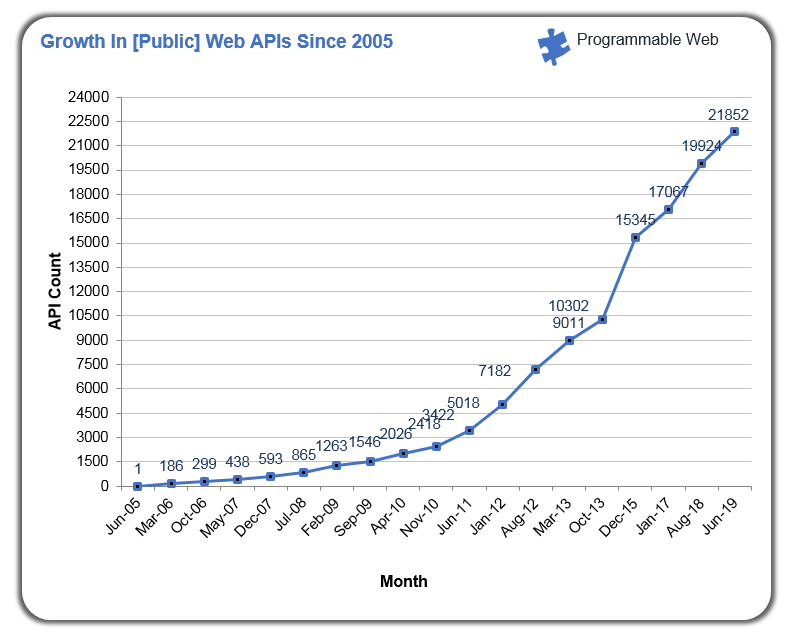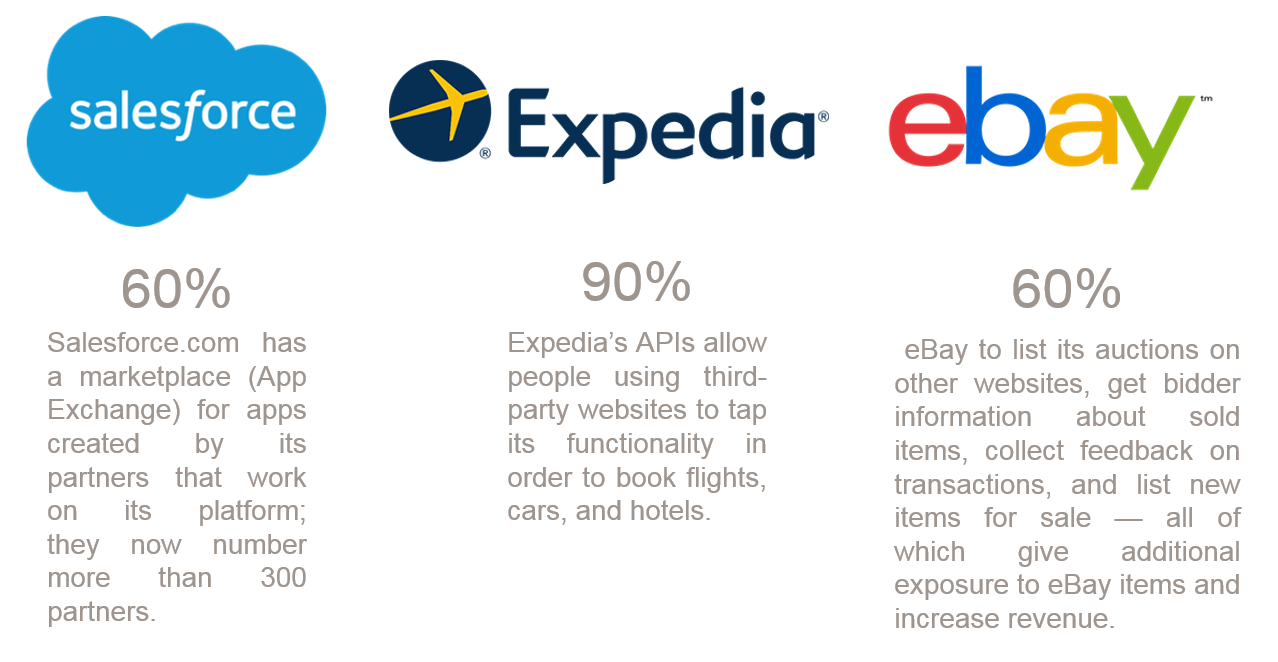APIs are like doors that provide access to information and functionality to other systems and/or applications. APIs share many of the same characteristics as doors:
- Most of them have locks and, without the key, they can't be opened.
- They come in different types (size, color, material, type of lock, and so on).
- They can serve different purposes. For example, they can be public-facing or just internally accessed.
- They are located in a specific location: an address.
- They can be as secure and closely monitored as required.
- If they don't work, it will affect the experience of their users.
APIs, however, are not new. In fact, the concept goes back a long time and has been present since the early days of distributed computing (some argue even before then). However, the term as we know it today refers to a much more modern type of API, known as REST or Web APIs.
For further information, refer to the following link: https://en.wikipedia.org/wiki/Representational_state_transfer#History
Modern APIs started to gain real popularity when, in the same year of their inception, eBay launched its first public API as part of its eBay Developers Program. eBay's view was that by making the most of its website functionality and information also accessible via a public API, it would not only attract, but also encourage communities of developers worldwide to innovate, by creating solutions using the API. From a business perspective, this meant that eBay became a platform for developers to innovate on and, in turn, eBay would benefit from having new users that perhaps it couldn't have reached before.
eBay was not wrong. In the years that followed, thousands of organizations worldwide, including known brands, such as Salesforce.com, Google, Twitter, Facebook, Amazon, Netflix, and many others, adopted similar strategies. In fact, according to programmableweb.com (a well-known public API catalogue), the number of publicly available APIs has been growing exponentially, reaching over 20k as of August 2018:

It may not sound like much, but considering that each of the listed APIs represents a door to an organization's digital offerings, then we're talking about thousands of organizations worldwide that have already opened their doors to new digital ecosystems, where APIs have become the products these organizations sell and developers have become the buyers of them.

In such digital ecosystems, communities of internal, partner, or external developers can rapidly innovate by simply consuming these APIs to do all sorts of things: from offering hotel/flight booking services by using the Expedia API, to providing educational solutions that make sense of the space data available through the NASA API.
There are ecosystems where business partners can easily engage in business-to-business transactions, either to resell goods or purchase them, electronically and without having to spend on Electronic Data Interchange (EDI) infrastructure. Ecosystems where an organization's internal digital teams can easily innovate as key enterprise information assets are already accessible.
So, why should businesses care about all this? There is, in fact, not one answer, but multiple answers, as described in the subsequent sections.




























































